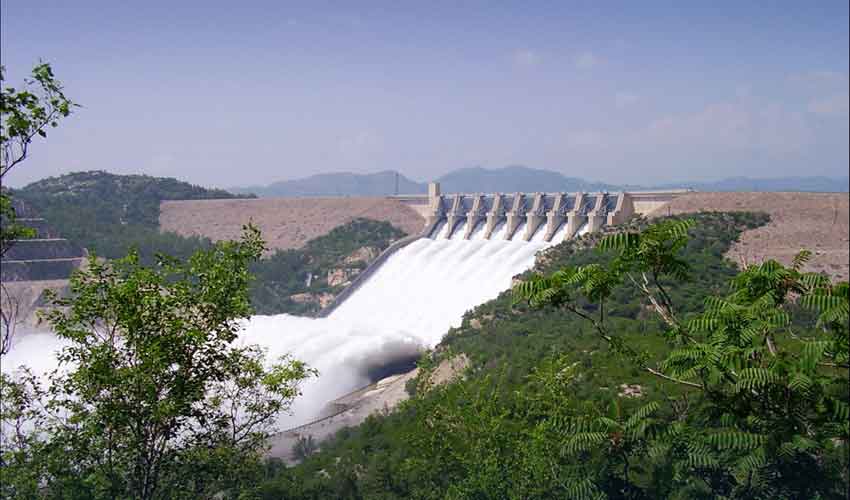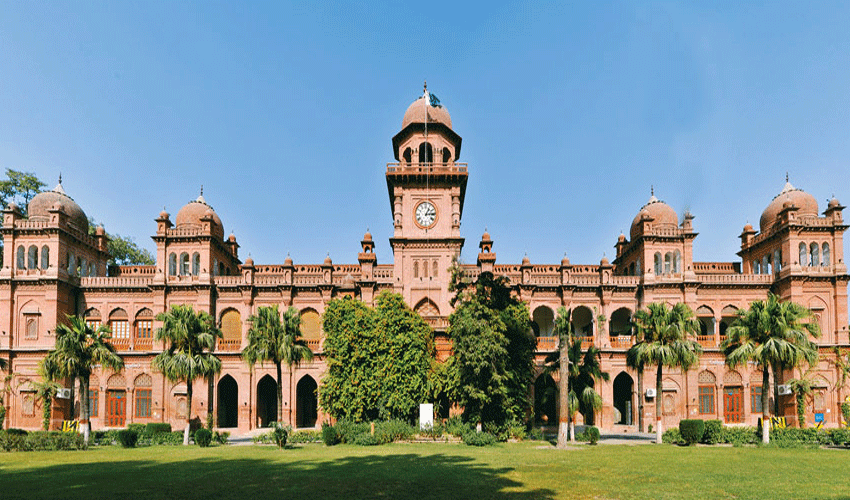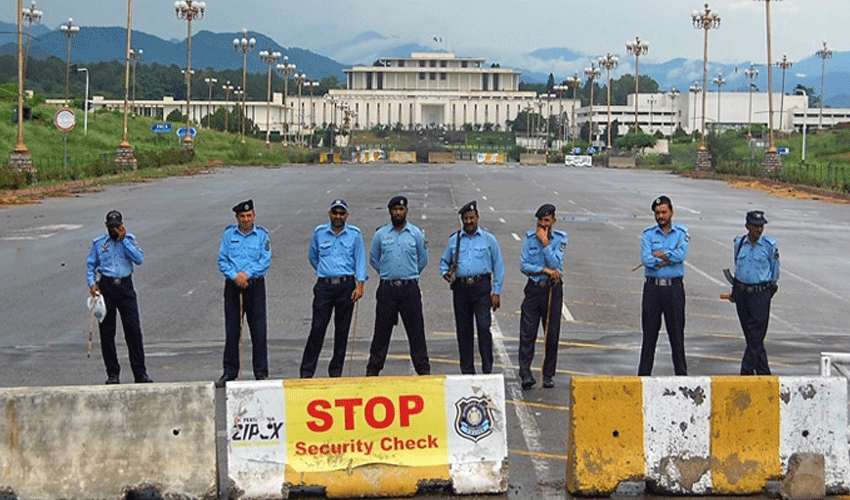In a significant development for Pakistan’s water and power sectors, Tarbela Dam has been filled to its maximum capacity, with water levels reaching 1,550 feet.
This marks the second consecutive year that the dam has been fully filled, storing over 5.8 million acre-feet (MAF) of water.
The Water and Power Development Authority (WAPDA) announced that with the dam now at full capacity, there is no room for additional water storage. As a result, spillway gates have been opened to manage the overflow.
WAPDA is expected to make an official announcement regarding the dam's status later today.
The completion of Tarbela Dam for the second year in a row is being hailed as a major success, particularly for the agricultural and energy sectors. The stored water will be used for irrigation purposes across the country, ensuring that agricultural activities remain uninterrupted during the upcoming seasons.
Also Read: Pakistan's oil and gas production has fallen in 10 years
Additionally, the dam will continue to generate hydroelectric power, contributing to the stability of the national grid.
On the other hand, over the past 10 years, Pakistan’s oil and gas production has witnessed a significant decline instead of the anticipated growth, a situation attributed to political instability, security concerns, and a persistent lack of investment in exploration and development.
Due to the reasons mentioned above, large reserves have not been discovered over the last decade.
According to data provided by the Pakistan Petroleum Information Service (PPIS), the country’s crude oil production has fallen drastically since 2015. Back then, the daily production stood at 94,500 barrels. However, by 2024, it had decreased to just 70,500 barrels per day. This shows a staggering decline in petrol production of 24,000 barrels per day over the last decade.


























